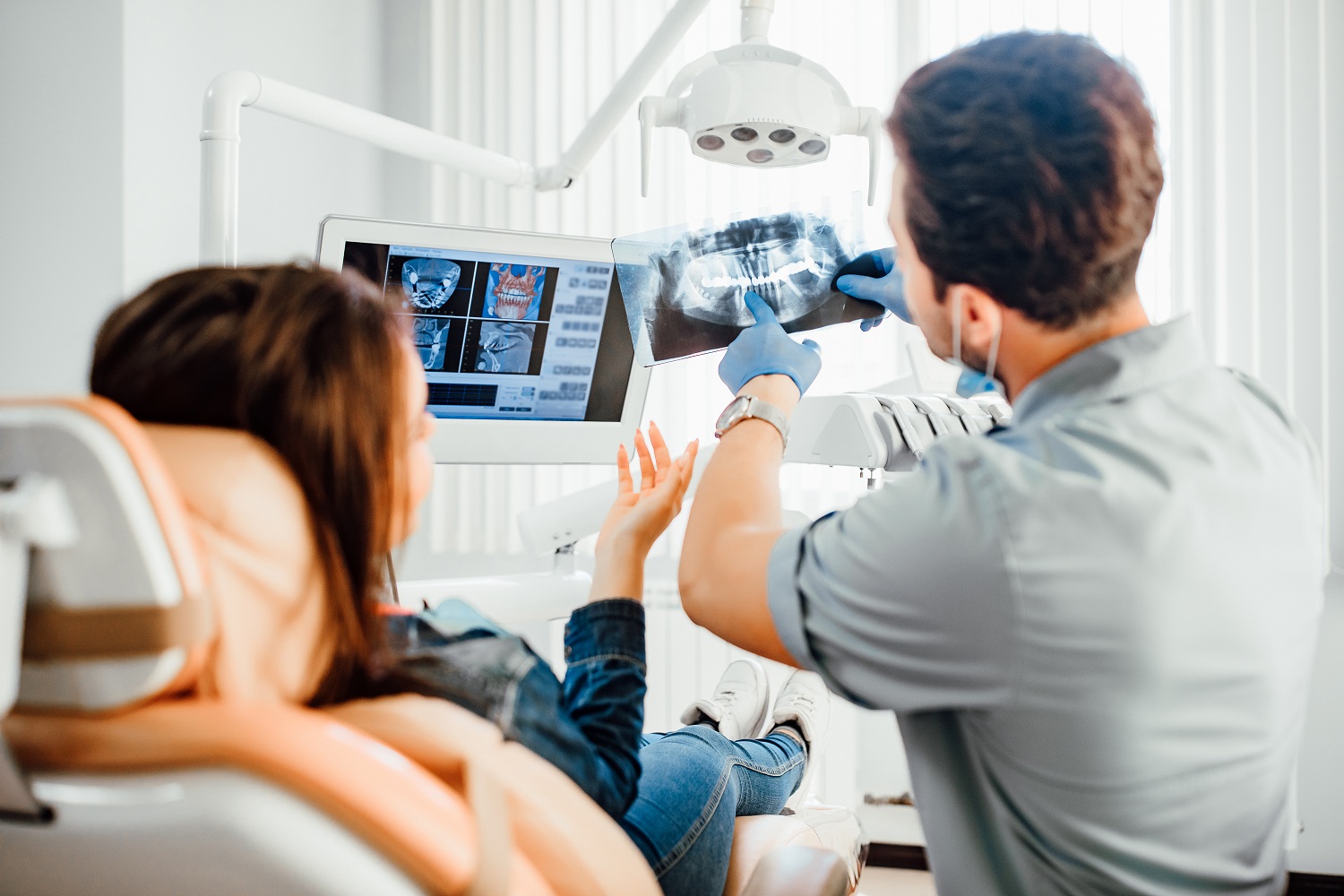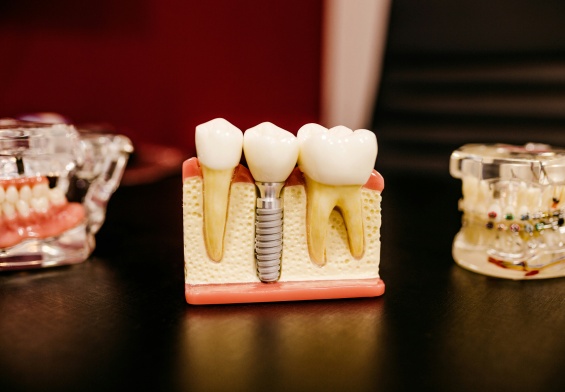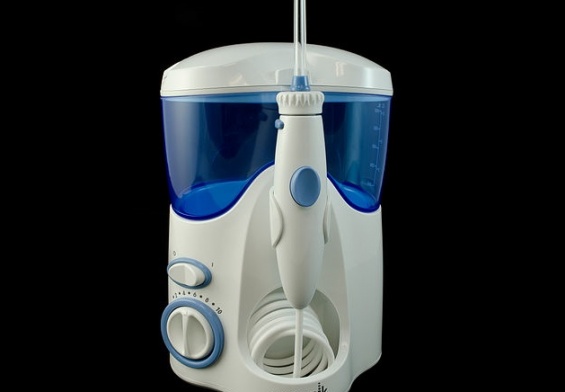Your child’s braces will look much different from yours when you were a kid. These days, they’re smarter and better than ever. If you’re exploring options for your child, or looking to fix your own smile, finding the top dentist in NJ for braces really enhances the outcome.
Picking the right dentist goes deeper than just aesthetics. A good orthodontist can spot problems early. They can suggest the right treatment for your bite and teeth, as well as watch your progress to avoid delays or problems.
The best dentists in New Jersey use new tools like digital scans and computer planning to make treatment more precise, faster, and more comfortable.
But what should you expect from a top dentist? This guide will walk you through everything. We’ll cover your first visit to the latest technology used in New Jersey’s best dental offices.
Why Braces Do More Than Make Teeth Straight
Most people think braces just make your smile look perfect. But that’s just scratching the surface of modern braces. For example, straight teeth make it easier to brush and floss, which in turn prevents plaque, tooth decay, and gum disease.
Braces also fix bite problems, alleviating jaw pain, trouble speaking, and uneven tooth wear.
Straight teeth work better too. According to MedlinePlus, braces can fix gaps, crowded teeth, crossbites, and overbites. All these can make it hard to chew and speak clearly.
Over time, teeth that aren’t straight can lead to tooth loss or jaw joint damage.
Let’s say your teenager has crowded lower teeth and an overbite, making her teeth hard to clean without braces. This leads to inflamed gums at age 14. After treatment with a top NJ orthodontist, she’ll see improvement in a few months. Her teeth look better, but more importantly, her hygiene improves. Her risk of gum disease plummets.
The mental benefits are real too. A study in Dentistry Journal found that patients getting braces felt more confident and better about themselves. This was especially true for teens.
When you work with one of the best dentists in NJ for braces, you’re not just improving how your smile looks. You’re planting the seeds of lifelong oral and emotional health.
Types of Braces You Can Choose in NJ
If you haven’t looked at braces in a while, you might be surprised by the options and types of braces available. There’s much more than the brace-face metal brackets and wires of the past. Top NJ dentists and orthodontists have a plethora of options available.
Whether you want something subtle, comfortable, or custom-made, there’s a solution for your lifestyle and dental needs. Consider reading about alternatives to braces if you’re exploring non-traditional treatments.
Popular Types of Braces:
- Traditional Metal Braces Made from strong stainless steel. These are the most common and often cheapest option. They use brackets and wires to slowly move your teeth. They work great for complex cases.
- Ceramic Braces Like metal braces but made with tooth-colored or clear materials. They blend in better with your teeth. They’re less noticeable but can break more easily and may stain if not cared for properly.
- Clear Aligners (like Invisalign) These are removable trays made from clear plastic. They’re almost invisible when worn. They work best for mild to moderate problems. You must wear them about 22 hours per day to work.
- Lingual Braces These attach to the back of your teeth, so they’re completely hidden. They’re great if you want no one to see them. But they can be harder to clean and adjust.
- Self-Ligating Braces These use a special clip instead of rubber bands to hold the wire. This can reduce friction and treatment time. You may need fewer office visits too.
No matter which option you choose, working with an experienced NJ orthodontist means you’ll get a personal recommendation based on your bite, alignment problems, and what you want your smile to look like.
The top providers use modern tools like 3D imaging and digital treatment planning. There’s even AI-assisted planning tools and visualizations at the cutting edge. All this helps fine-tune every step of your care.
Who Really Needs Braces?
Braces aren’t just for teenagers anymore. Today, people of all ages get orthodontic treatment. One in three modern orthodontic patients are adults, in fact. Top braces dentists and orthodontists know this, and understand that every age has different needs and timing.
Common Groups Who Benefit from Braces:
- Children (ages 7–12) Early check-ups can catch problems like crossbites, overbites, and crowding before they get worse. Braces or other devices can guide jaw growth and make room for permanent teeth to come in correctly.
- Teenagers This is still the most common time for braces. Most adult teeth have come in, but the jaw is still growing. Teens may be good candidates for traditional braces or clear aligners, depending on how well they follow instructions.
- Adults (20s and beyond) The American Association of Orthodontists says 1 in 3 orthodontic patients is now an adult. Many adults want to fix shifting teeth, bite problems, or gaps that were never treated earlier. New options like clear aligners and lingual braces make it easier than ever to get treatment without anyone noticing.
- Older Adults (50s–70s) Seniors are increasingly getting orthodontic care. This is especially true before cosmetic dental work for seniors like implants or dentures. Braces can help move teeth to allow for better function and looks.
No matter your age, the right time to get braces is when alignment, bite, or comfort problems start affecting your oral health or confidence. A top orthodontist in NJ will customize the timing and approach based on your age, medical history, and goals.
What the Best Dentist in NJ Will Check
Before you start treatment, the best orthodontists in New Jersey take time to check every part of your dental health. This complete evaluation makes sure your braces plan is effective, safe, and personalized to you.
What to Expect During Your First Visit:
- Dental and Medical History Review Your orthodontist will ask about past dental treatments, general health, and any conditions (like TMJ problems or gum disease) that could affect treatment planning. Learn more about the causes of TMJ.
- Bite and Jaw Check A detailed exam will look at how your teeth line up when you bite down. This includes checking for overbites, underbites, crossbites, and open bites. Each may need different strategies.
- Digital Imaging and X-rays Top NJ providers typically use panoramic X-rays and 3D imaging to examine root positioning, jaw structure, and tooth patterns. These tools help find hidden problems, like impacted teeth or jawbone issues.
- 3D Mouth Scanning Instead of traditional molds, many offices now use small handheld scanners to create a digital model of your mouth. This process is faster, cleaner, and more comfortable. It’s especially good for children and patients with gag reflexes.
- AI-Powered Treatment Simulations Some of the most advanced dental offices in New Jersey use artificial intelligence to simulate tooth movement and predict outcomes. A 2023 study in Dentistry Journal showed these tools can shorten treatment times by up to 4 months while improving precision.
Your orthodontist fuels your treatment plan with these detailed assessments. By using advanced tools and a personal approach, the best dentists in NJ make sure your braces experience is safe, efficient, and lasts a lifetime.
How Long Will Treatment Take?
Wondering how long someone will have to wear braces is normal and understandable. The answer to that question varies based on individual factors. But top dentists in NJ follow proven methods to ensure efficient, safe, and predictable treatment.
Typical Treatment Times by Braces Type:
- Traditional Metal or Ceramic Braces Most cases take between 18 to 24 months. This depends on how severe the misalignment is and the patient’s age.
- Clear Aligners (like Invisalign) These can take 6 to 18 months. This depends on how consistently they’re worn, usually 20 to 22 hours per day.
- Lingual Braces Because they’re customized and placed behind the teeth, treatment may take slightly longer: around 18 to 36 months.
- Early Childhood Interventions When started before age 10, treatment may be split into two phases. This takes longer but results in less invasive procedures later in life.
It’s important to know that speed isn’t everything. The FDA explains that orthodontics relies on applying slow, steady pressure to shift teeth safely. Moving too quickly can damage the teeth and jaw.
What sets the best dentists in NJ apart is their use of AI-based simulations and digital tracking. These allow for more precise adjustments at each visit. Studies show this can reduce treatment time by several months while minimizing complications.
What Does Treatment Cost in NJ?
The cost of braces can vary widely from patient to patient. Top dentists in New Jersey understand that cost is a major factor in treatment decisions. You won’t know the exact total until after your consultation. But several things affect how much your orthodontic care will cost.
Key Factors That Influence Braces Cost:
- Type of Braces Selected Traditional metal braces tend to be the most budget-friendly. Clear aligners, ceramic options, and lingual braces may cost more due to materials and customization.
- Length and Complexity of Treatment The more time and adjustments your treatment needs, the more it will usually cost. Complex bite problems or significant crowding often need longer, more involved plans.
- Age and Dental History Adults may need more work to address spacing or bone density. This is especially true if they’ve had prior dental procedures or orthodontic relapse.
- Technology and Tools Used Practices that use 3D imaging, AI-assisted simulations, and custom-printed appliances may have slightly higher upfront costs. But, these tools can also reduce the number of visits and shorten treatment time. This can save money in the long run.
- Location and Practice Reputation Fees often reflect the local cost of living and the experience of the orthodontist. Dentists known for cutting-edge care and excellent outcomes may charge more. But they also bring a higher level of precision and fewer complications.
- Insurance and Financing Options Some insurance plans cover part of the cost of braces, especially for children. Many top NJ orthodontists also offer flexible payment plans, interest-free financing, or health savings account (HSA) compatibility.
At your consultation, a good NJ orthodontist will provide a clear, itemized cost breakdown. They’ll help you navigate financing or insurance benefits so you can make informed decisions, without any pressure.
What to Know About Patient Safety
Orthodontic treatment has become much safer in recent years. This is thanks to better materials, digital planning tools, and stronger emphasis on preventive care. Still, it’s important to understand the potential risks and how a top dentist in NJ works to reduce them.
One of the most common problems patients experience during braces treatment is white spot lesions (WSLs). These are faint white marks on the enamel. They’re caused by plaque building up around brackets and wires. This leads to early stages of tooth weakening.
A 2024 review in BMC Oral Health found WSLs as the most frequently reported safety concern in orthodontics. They’re particularly common among adolescent patients with fixed braces.
Other risks can include mild root shortening, gum inflammation, and, in rare cases, allergic reactions to materials like latex or nickel. Gum inflammation can sometimes lead to gum recession, especially if oral hygiene isn’t maintained. These side effects are usually manageable, and proper precautions can avoid them entirely.
Top orthodontists in New Jersey take a proactive approach to safety. This includes offering fluoride treatments to strengthen enamel and recommending specific oral hygiene tools for cleaning around braces. They also conduct regular imaging to track root and bone health throughout treatment.
Practices using AI-assisted tracking systems may even detect subtle problems earlier. This allows for timely adjustments that prevent complications.
When your care is in the hands of a highly skilled and well-equipped provider, patient safety isn’t just a promise. It permeates every stage of your orthodontic journey.
Life After Braces
Finishing orthodontic treatment is a major milestone. But the process doesn’t end the day your braces come off. To protect your investment and ensure long-term stability, your orthodontist will prescribe a retainer and outline a post-treatment care plan.
This next phase is just as important as active treatment. This is especially true if you want your new smile to last a lifetime.
Retainers work by holding your teeth in their new positions while the surrounding bone and ligaments stabilize. Without a retainer, your teeth may gradually shift back toward their original alignment. This is called orthodontic relapse.
Top NJ dentists typically offer two main types of retainers. These are removable clear plastic models (like Essix retainers) and fixed wire retainers bonded behind the front teeth. The best option depends on your age, alignment history, and how likely you are to wear a removable device consistently.
Wearing your retainer as instructed is essential. Most patients are advised to wear them full-time at first, then transition to nighttime wear indefinitely.
According to guidance from the FDA and the American Association of Orthodontists, this retention phase is key to preserving the outcome of treatment. It should be taken seriously, even for adults.
Top orthodontists in New Jersey also focus on long-term follow-up. It’s not uncommon for them to schedule check-ins six months to a year after treatment ends. This is to check stability and make any needed adjustments.
Some practices even offer digital tracking and replacement retainers through subscription-style services for added convenience.
In short, finishing braces is just the beginning of maintaining your results. With the right retainer and professional guidance, you can enjoy a straight, healthy smile for decades to come.
Your Smile Is in the Right Hands
Braces have evolved into a sophisticated, personalized treatment. They do more than just straighten teeth. When you choose a top dentist in NJ, you’re getting access to the latest tools and technologies. You’re also getting the expertise to avoid common complications, streamline your care, and deliver long-term results.
From the initial evaluation to the final retainer check, every step benefits from working with a provider who understands both the science and the art of orthodontics. Whether you’re a parent exploring early treatment or an adult ready to improve your smile, the right orthodontist will guide you through it with clarity, precision, and care.
If you’re thinking about braces, don’t settle for average. Schedule a consultation with a trusted NJ provider and take the first step toward a healthier, more confident smile.
Resources
https://www.fda.gov/consumers/consumer-updates/braces-have-changed-metal-tooth-colored-clear
Ferlias, N., Michelotti, A. & Stoustrup, P. Patient safety in orthodontic care: a scoping literature review with proposal for terminology and future research agenda. BMC Oral Health 24, 702 (2024). https://doi.org/10.1186/s12903-024-04375-7
Hung M, Zakeri G, Su S, Mohajeri A. Profile of Orthodontic Use across Demographics. Dentistry Journal. 2023; 11(12):291. https://doi.org/10.3390/dj11120291
https://medlineplus.gov/orthodontia.html
Olawade DB, Leena N, Egbon E, Rai J, Mohammed APEK, Oladapo BI, Boussios S. AI-Driven Advancements in Orthodontics for Precision and Patient Outcomes. Dentistry Journal. 2025; 13(5):198. https://doi.org/10.3390/dj13050198




